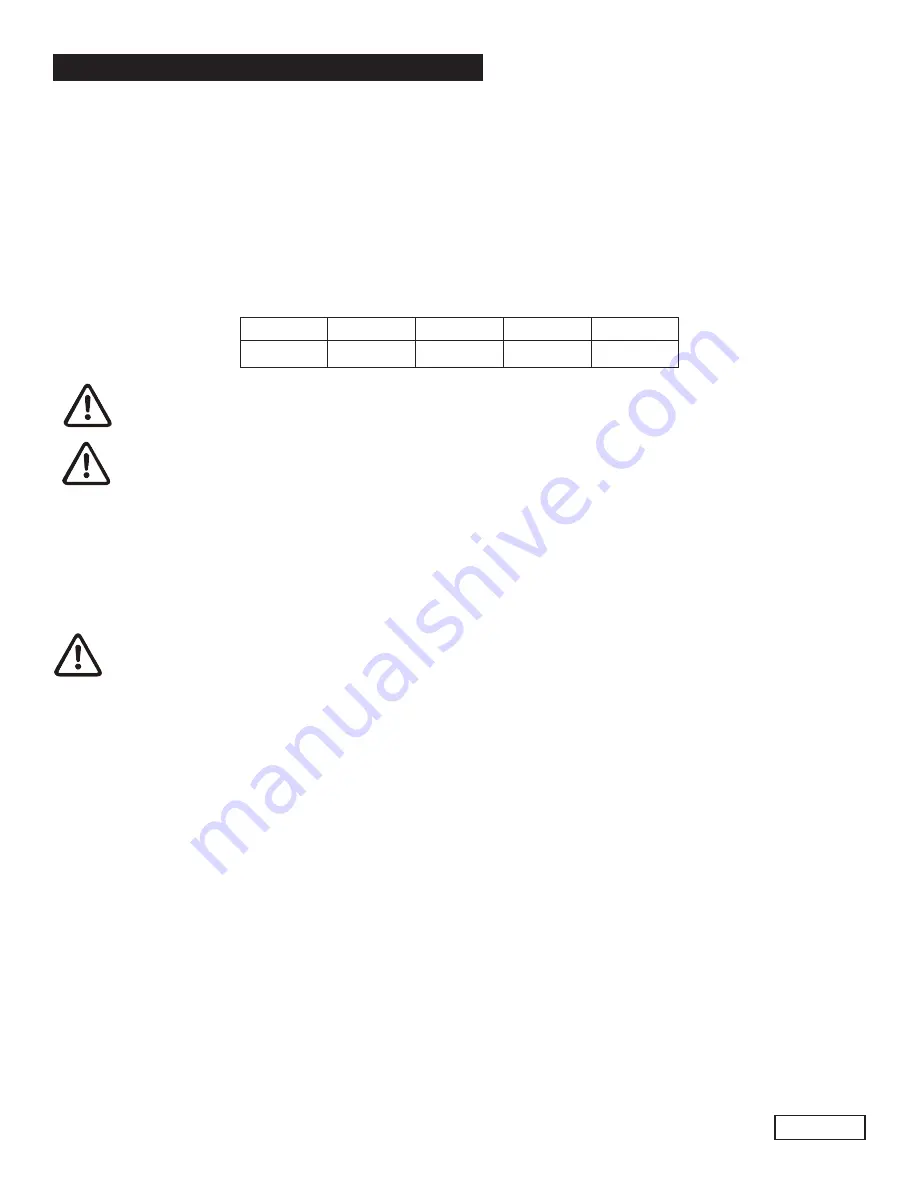
HF SERIES
Page 11
Serial #10127003 and Later
GENERAL PUMP
A member of the Interpump Group
9.4 Hydraulic Connections
In order to isolate the system from vibrations produced by the pump, it is advisable to make the first section of the duct
adjacent to the pump (both suction and outlet) with flexible piping. The suction hose must be sufficiently rigid to prevent
deformation due to the negative pressure exerted by the action of the pump.
9.5 Pump Supply
To obtain the best volumetric efficiency, feed the pumps with a positive head (NPSHr).
The recommended value, measured on the head suction flange, is given in the following table:
HF18
HF20
HF22
HF25
NPSHr(m)
2.5
4.0
4.0
4.5
The values given apply to the rated speed of rotation; otherwise, contact our Customer Service
Department.
For any supply conditions other than those specified above, contact our Customer Service
Department.
9.6 Inlet Line
The pump life is considerable influenced by the effectiveness of the suction line which must have the following
characteristics:
1. The minimum internal diameter as indicated in the graph in par. 9.9 and in any case equal to or exceeding that of
the pump head.
2. The layout must be such as to prevent cavitation problems.
3. It should be perfectly airtight.
4. It must be positioned in such a way to prevent the pipe emptying after the pump stops.
5. Do not use 3 or 4-way hydraulic fittings, adapters, swivel joints, etc. as they could jeopardies pump performance.
6. Do not install any kind of detergent injector along the suction line.
7. Avoid use of foot valves or other types of unidirectional valves.
8. Do not recirculate the by-pass valve drain directly to the suction line.
9. Provide for proper guards inside the tank to prevent that water flow from the bypass and the tank supply line can
create vortexes or turbulence near the pump supply pipe port.
10. Make sure the inlet line is thoroughly clean inside before connecting it to the pump.
Localized restrictions should be avoided along the piping, as these can cause pressure drops resulting in
cavitation. Avoid 90° elbows, connections with other piping, restrictions, reverse gradients, inverted U-curves
and Tee connections.
Ref 300764 Rev. F
05-21












































